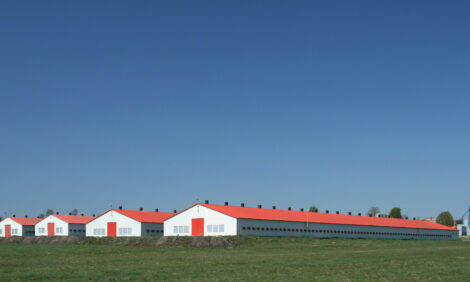



Advances in the Identification and Characterization of Gumboro Disease Viruses
GLOBAL - Gumboro disease is caused by infectious bursal disease virus (IBDV). Evolutionary forces at work for over half a century have selected for genotypic changes in these viruses.As a result, the IBDV strains we are trying to control today are much different than the viruses that were infecting chicken flocks 50, 25 or even 5 years ago. Two serotypes of IBDV have been identified.
The serotype 1 viruses typically infect chickens and cause immune suppression. Serotype 2 viruses infect numerous avian species including turkeys but thus far no disease has been attributed to them. Numerous live-attenuated vaccine strains of IBDV have been used to control infectious bursal disease (IBD). Differentiation of these vaccine strains from pathogenic wild-type strains in a diagnostic sample is the first priority. Next is identification of the IBDV serotype but what is most valuable to poultry producers is identification of the antigenic sub-type of a serotype 1 virus.
The serotype 1 IBDV no longer fit into the two antigenic sut-types (classic and variant) identified in the 1980s and their diagnosis and characterization can be challenging. Antigenic drift is largely responsible for the continued emergence of new antigenic strains of IBDV but genetic recombination and genome reassorting have also been observed. The antigenic phenotype of IBDV is determined by the hypervariable sequence region of VP2 (hvVP2). Four loop structures in the hvVP2 region have been identified and designated PBC PDE, PFG, and PHI. The antigenic characteristics of IBDV are controlled by specific amino acids at the apex of these loops. A considerable amount of research has demonstrated that even minor amino acid changes in these loops can have a profound effect on the antigenicity of IBDV. Identification of these amino acid changes is possible through genome sequence analysis. Mutations that have been thoroughly studied can be quickly identified and the data used to identify vaccine strains and make control strategy recommendations for pathogenic strains. However, new mutations are frequently observed in the hvVP2 sequence. Determining which of these new mutations will affect antigenicity and pathogenicity and which will not, can still only be answered by vaccination/challenge studies in chickens.
Daral J. Jackwood, Ph.D.
The Ohio State University
USA








